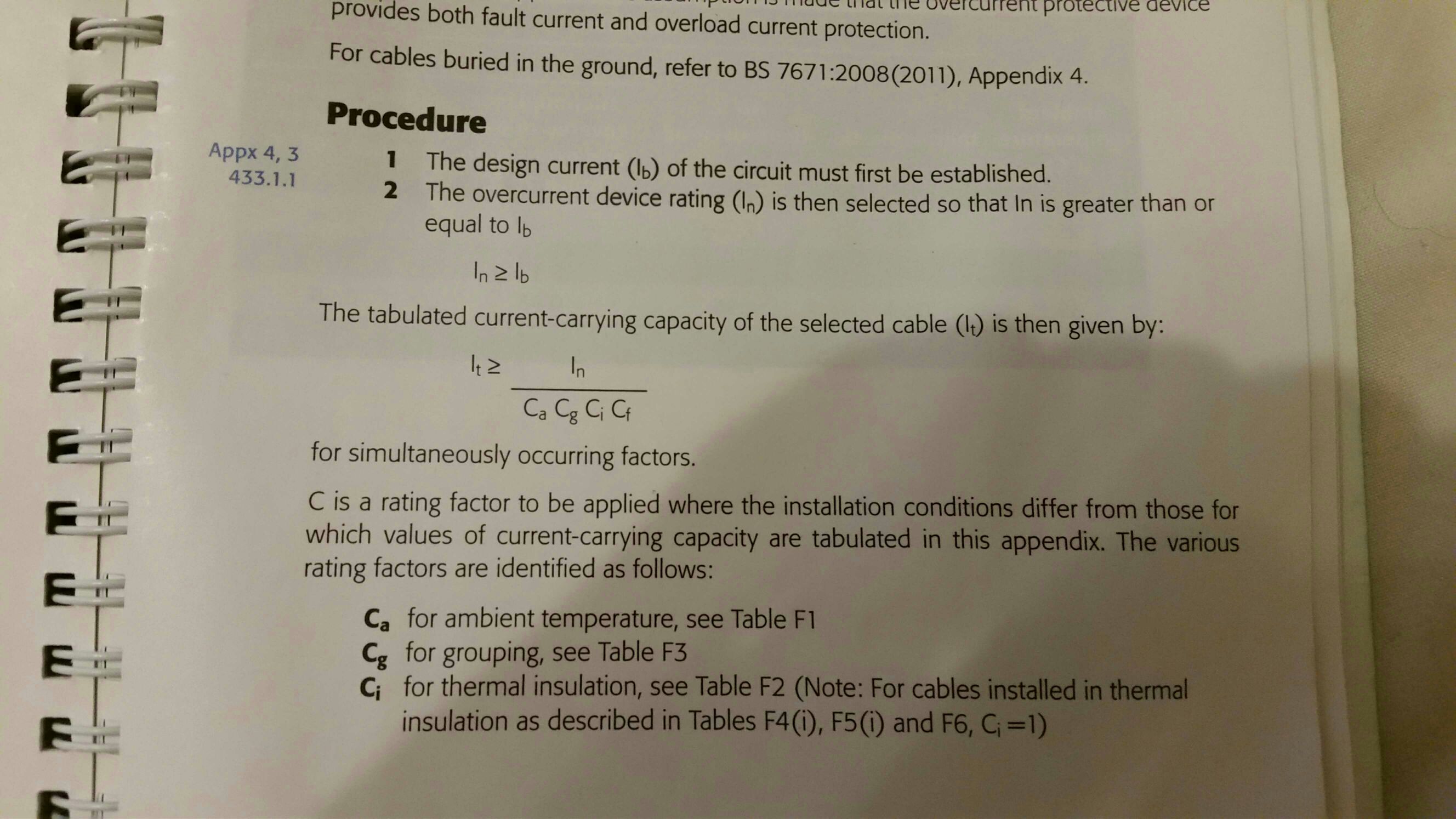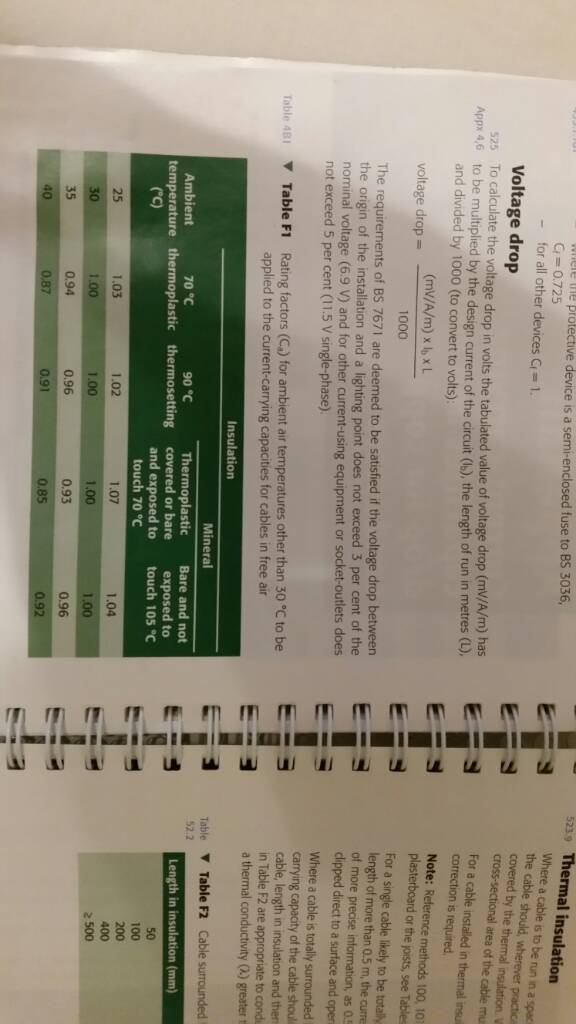But this openly says that someone may replace a shower with a higher load? Or its determined that only qualified personal will be replacing the shower?
Essentially, yes.

(Edit: I see Richard has replied a lot more succinctly in the time it took me to type all this out!)
I could find 3 regulations pertaining to this, plus a definition; the relevant parts are quoted below (from amendment 3):
132.16 Additions and alterations to an installation: No addition or alteration, temporary or permanent, shall be made to an existing installation, unless it has been ascertained that the rating and the condition of any existing equipment, including that of the distributor, will be adequate for the altered circumstances...
134.1.1 Good workmanship by skilled or instructed persons and proper materials shall be used in the erection of the electrical installation. The installation of electrical equipment shall take account of manufacturers' instructions.
134.2.1 During erection and on completion of an installation or an addition or alteration to an installation, and before it is put into service, appropriate inspection and testing shall be carried out by skilled persons competent to verify that the requirements of this Standard have been met.
Definition: Skilled person (electrically): Person who possesses, as appropriate to the nature of the electrical work to be undertaken, adequate education, training and practical skills, and who is able to perceive risks and avoid hazards which electricity can create.
So this says three things:
(1) Before you make changes, you need to make sure the existing installation is adequate. (2) Skilled or instructed persons will install. (3) During and after an alteration, appropriate inspection and testing shall be carried out by skilled persons, competent to do this. Inspection includes determination of conductor CSA, reference methods etc, all relevant to suitability of the intallation.
In the case above - which boils down to, "it's a fixed load, so you use the load current to determine the CSA, rather than the rating of the protective device" - the key word here perhaps is "can." It permits the designer to make efficient and economical use of resources (copper).
Let's say you can't get hold of a 25A MCB (quite a reasonable assumption) and use a 32A protective device. Assuming no rating factors and reference method A, if you use "It >= In / C...." then you would need to use 6mm conductors, rather than 4mm. Maybe there's not much cost difference... perhaps the designer considers a higher future load is likely, and specifies 6mm cables anyway (this may help with meeting disconnection times if Zdb is high, too). They are allowed to do this. But equally if, after due design considerations, they determine that 4mm is adequate for the fixed load to be installed, they can do this as it is permitted in the regulations.
It is up to future installers/designers who wish to make alterations to determine whether the existing installation would be suitable. An installer who sees a 32A MCB, works out that this can "take up to" a 7.36kW load and installs such a load without consideration of the rating of the existing equipment (e.g. CSA of conductors) will be adequate for the altered circumstances would not be complying with 132.16, nor with 134.2.1 and would not, therefore, be "skilled (electrically)". If the installation catches fire and causes death, my understanding would be that it will be the person making the alteration, NOT the original designer, in the dock for manslaughter.
(Caveat: It's in my signature, but it's worth stating explicitly - I'm only a trainee. This is my understanding of BS 7671. They are not exactly written in easy language, are they?!?)












